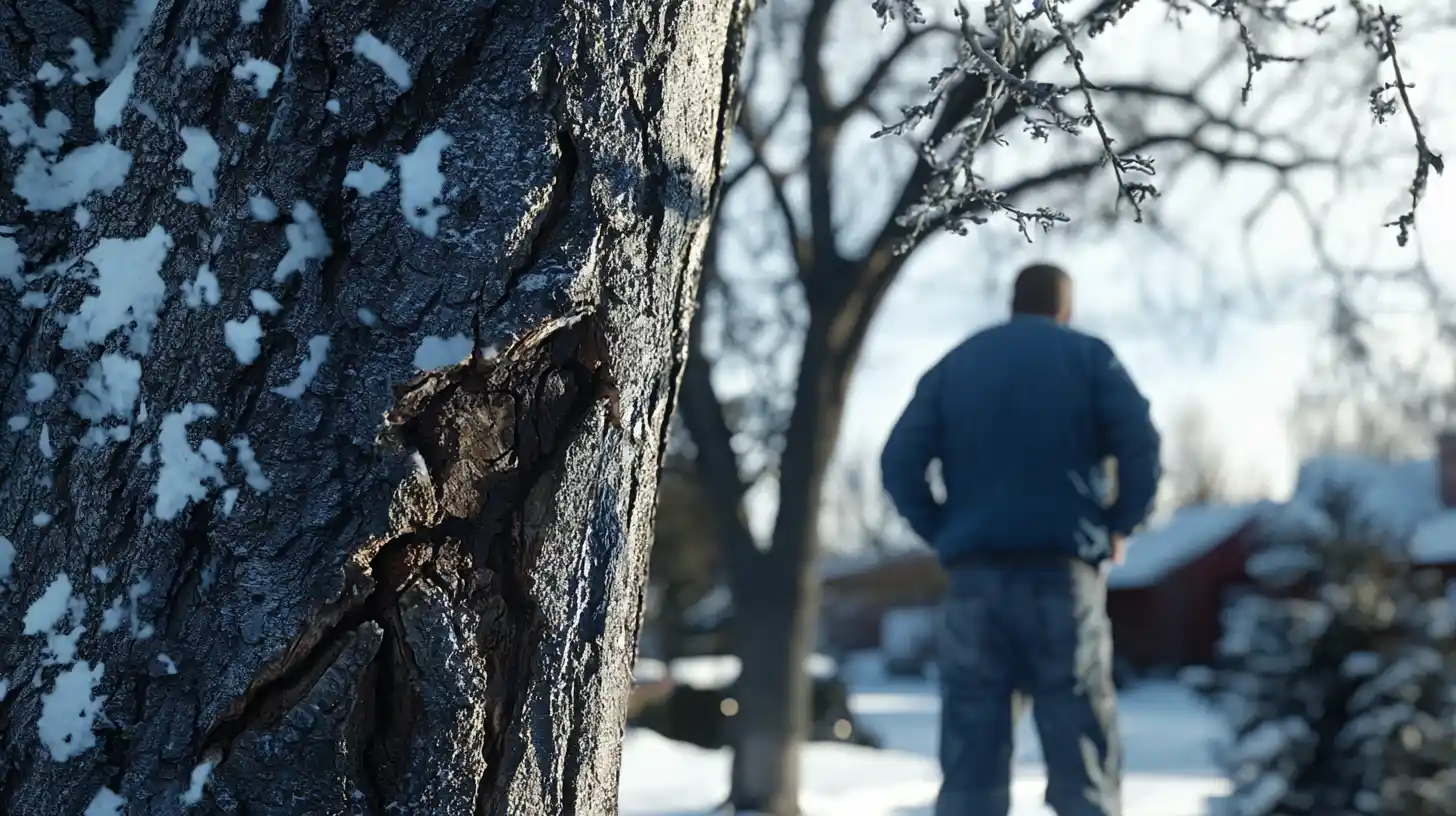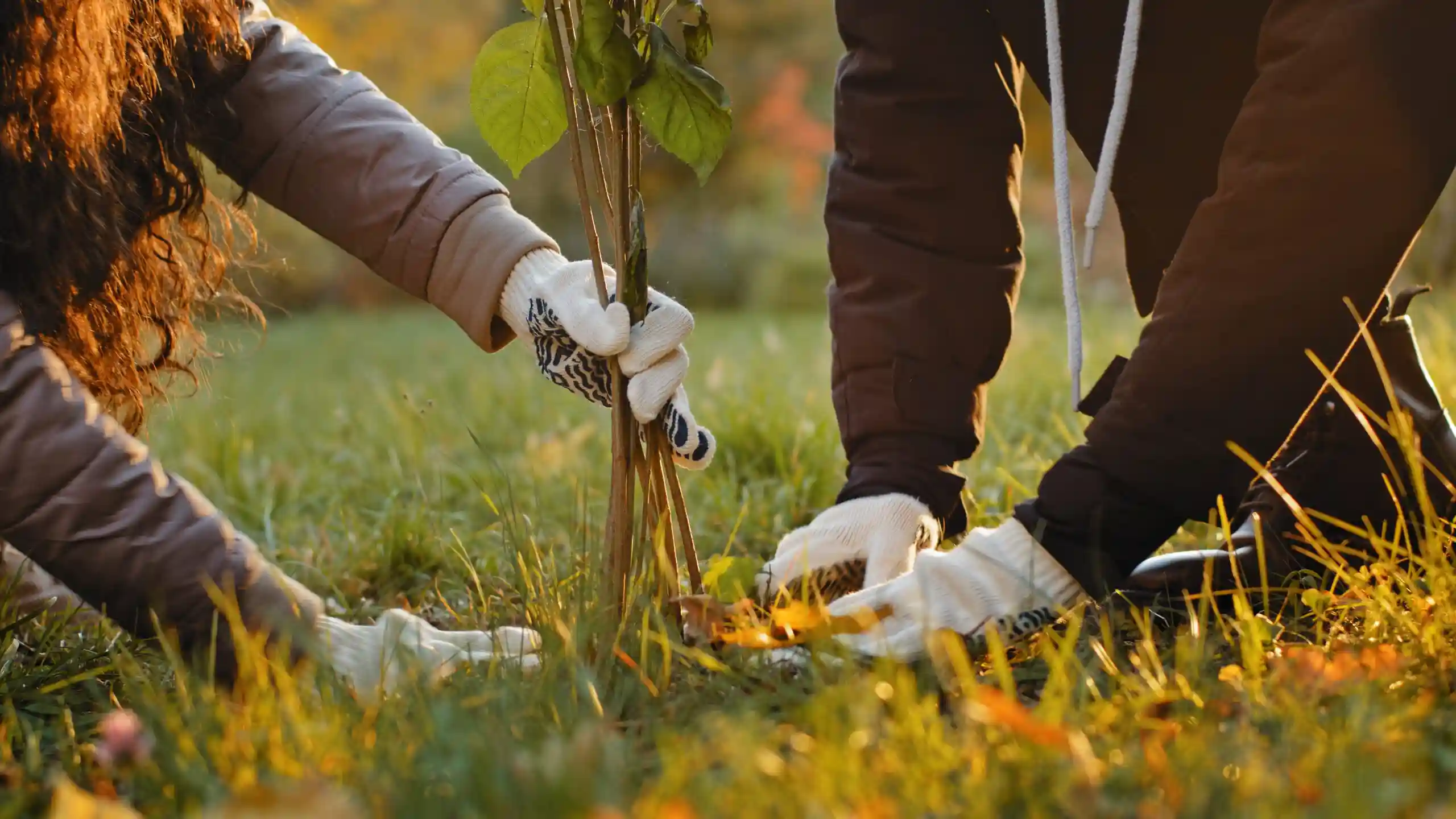Cankerworm Infestation: Understanding the Threat to Trees
Cankerworm Infestations pose a significant threat to the health and vitality of trees, causing damage that can impact the entire ecosystem. These small caterpillars, also known as inchworms or loopers, belong to the Geometridae family and are notorious for defoliating trees during their larval stage. In this article, we will explore the key aspects of cankerworm infestations, their effects, and ways to manage and prevent their impact on trees.
Lifecycle and Causes:
Cankerworms undergo a lifecycle that involves egg-laying by adult moths, hatching of caterpillars, feeding on tree leaves, pupation, and ultimately transforming into moths. They are most active during spring and fall. Female moths climb trees to lay eggs on branches and twigs, which hatch into voracious caterpillars. These caterpillars then feed on tree leaves, causing defoliation that weakens the trees and leaves them susceptible to other diseases and stressors.
Symptoms and Effects:
The primary symptom of a cankerworm infestation is the extensive defoliation of trees. This defoliation can result in reduced photosynthesis, weakening the tree’s overall health. Trees may exhibit thinning canopies, stunted growth, and increased vulnerability to other pests and diseases. Additionally, the loss of leaves can disrupt the ecosystem, impacting wildlife that relies on the tree for habitat and food sources.
Impact on Trees and Ecosystems:
Management and Prevention:
Managing cankerworm infestations requires a multi-faceted approach. Biological control methods, such as introducing natural predators like birds and parasitic wasps, can help keep cankerworm populations in check. Physical barriers like sticky bands wrapped around tree trunks can prevent female moths from climbing trees to lay eggs. Timely and targeted pesticide application can also reduce caterpillar populations.
Cankerworm infestations can wreak havoc on trees, impacting their health and the ecosystems they support. Monitoring trees for early signs of infestations and implementing appropriate management strategies is crucial for mitigating their effects. By taking proactive steps to protect trees from cankerworms, we can ensure the longevity of our forests, maintain the health of urban trees, and preserve the balance of our natural ecosystems.



